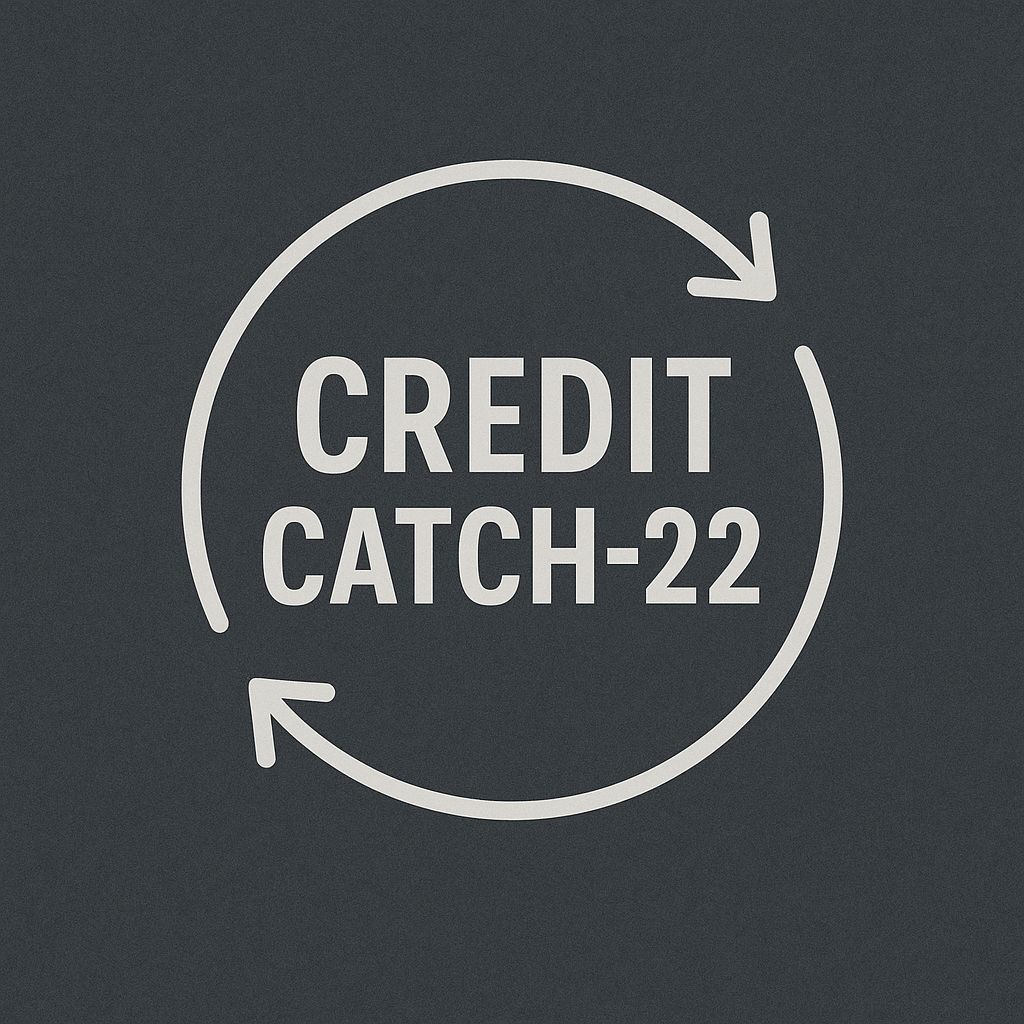- Verify4
- Posts
- CFPB Adjusts Credit Invisible Count — What’s Right and What’s Still Missing?
CFPB Adjusts Credit Invisible Count — What’s Right and What’s Still Missing?
The CFPB’s revised estimate shows that the percentage of “credit invisible” Americans has dropped to 2.7%. Over 30 million adults remain underserved—real-time income and employment data can bridge the gap to smarter, fairer credit decisions.

The Consumer Financial Protection Bureau (CFPB) recently revised its estimate of credit invisibility in the U.S., significantly reducing it from about 10% in 2015 to 2.7% in 2025. The CFPB defines "credit invisible" as having no credit record with any of the three major credit bureaus: Experian, TransUnion, or Equifax.
This reduction is largely attributed to newer credit scoring models that now incorporate so-called alternative data—regular payments for utilities, telecommunications, broadband, cable, rent, and other recurring expenses. In addition, the Bureau adjusted its methodology. Notably, in its earlier 2015 estimate, the CFPB acknowledged that records containing only deferred student loans, collections, or closed accounts were inadvertently excluded.

But while the drop appears to be good news, there's more to the story.
The updated data also show that roughly 10% of the population has a credit file but cannot be scored—often due to sparse or stale data, or because all accounts are closed. When you combine these “unscorables” with the credit invisibles, the underserved population remains stubbornly large: about 13% of U.S. adults, or more than 30 million people, are still excluded from full participation in the credit system.
This matters. These individuals are often trapped in the “credit catch-22”—to qualify for credit, you must already have credit. As a result, they face steep barriers to obtaining affordable financing, securing better jobs, or even moving into better housing without excessive deposits.
Some efforts have helped. Scoring models like FICO XD and VantageScore have shown that even a single tradeline—say, a utility or telco bill—can be enough to generate a score. But in practice, these often yield scores in the 600–640 range, qualifying applicants only for subprime, low-limit, high-interest products, like credit builder cards. These are better than nothing—but still far from full financial inclusion.
Despite years of advocacy, Congress has failed to pass the Credit Access and Inclusion Act, which would expand access to alternative data for credit reporting. First introduced by Rep. Mike Castle in 2005, it has been reintroduced repeatedly and even passed the House unanimously—only to stall in the Senate.
So where do we go from here?
This is where income and employment verifications become critical. As a supplement—not a substitute—for credit scores, real-time verifications provide lenders, landlords, and employers with rich, current insights into an applicant’s financial stability. If a person has held steady employment for five years, with rising income and consistent bonuses, that’s powerful information—whether or not they have a full credit file.
Verify4 is the only firm offering real-time, high-coverage income and employment verifications—covering over 93% of employees and 99% of wage data, with up to 25 years of history. It's fast, affordable, and integrates easily into existing decision systems.
To learn more about how Verify4 can help your organization make smarter, fairer decisions, reach out at [email protected] or visit www.Verify4.com.
